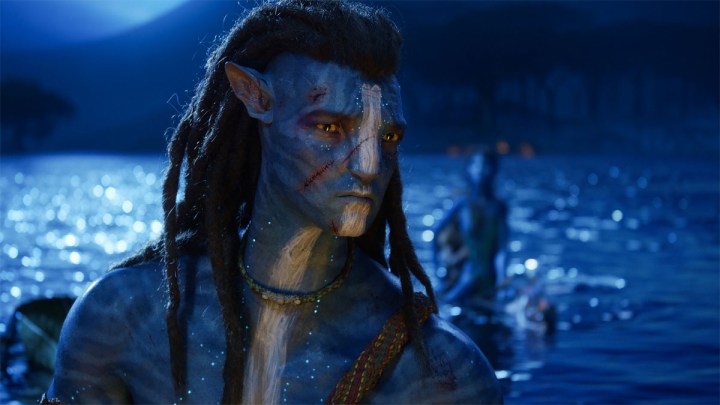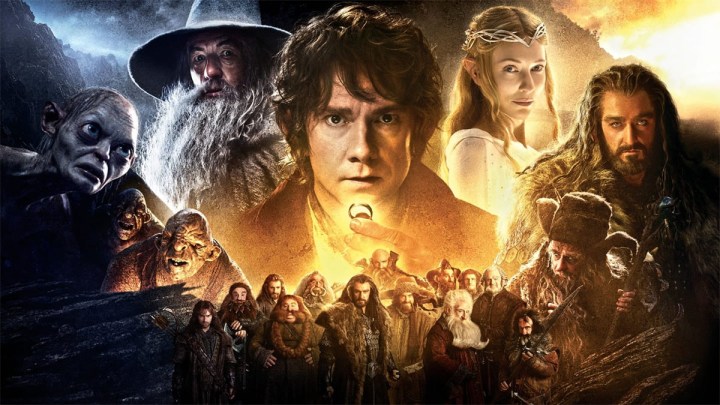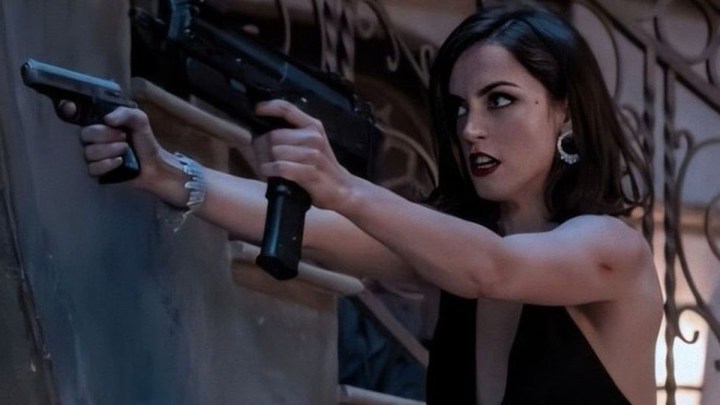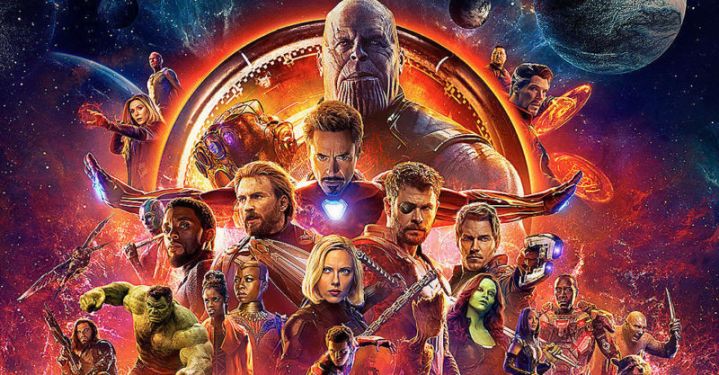There are some movies, such as Citizen Kane, The Godfather, and Casablanca, that many people agree are perfect motion pictures. But no matter what anyone says, no film can ever be truly flawless.
- 7. Avatar — It uses an outdated white savior narrative
- 6. The Hobbit — Turning the book into three films
- 5. James Bond movies — Its stereotypical portrayal of women
- 4. Toy Story — There are too many toys!
- 3. Sam Raimi’s Spider-Man trilogy — It has a campy tone
- 2. The Dark Knight trilogy — Lapses in narrative logic
- 1. The Marvel Cinematic Universe — There too much that’s too similar
At least one error always makes it into the finished product, and once the initial hype dies down after a movie’s release, these flaws only grow more and more noticeable, especially as people’s ideas and standards change. So while they may have achieved massive acclaim in their heydays, these seven film franchises still have a fatal flaw that needs addressing.
7. Avatar — It uses an outdated white savior narrative

Even though they achieved massive success in theaters, the Avatar films are guilty of perpetuating the white savior trope, in which a Caucasian hero comes to save people of color from trouble. Sam Worthington’s protagonist, Jake Sully, exemplifies himself as he assimilates himself in the Na’vi and ends up leading them to war against the human race as their messiah, “Toruk Makto.”
It’s an outdated cinema stereotype that Avatar doesn’t even do a good job presenting, with Sully appearing more as a bland, generic archetype than an actual character, making him one of the most forgettable parts of the franchise.
6. The Hobbit — Turning the book into three films

Peter Jackson’s vision of Middle-earth is no stranger to creative liberties, as The Lord of the Rings film trilogy compressed many plotlines and altered certain characters to streamline J.R.R. Tolkien’s three-book epic for cinemas. While this helped make it a legendary success, The Hobbit films didn’t have as much success despite their massive profits.
Unlike the original trilogy, The Hobbit franchise took a 300-page book and stretched it into three 3-hour films. It is understandable that Jackson decided to expand on the vaguer aspects of the original story, such as Gandalf leaving to fight Sauron in Mirkwood, as well as Bard and Thranduil’s characters. But the franchise became so filled with new and unnecessary storylines that the trilogy felt bloated. It would’ve been better if the filmmakers stuck with their original plan to split the novel into two parts for cinemas.
5. James Bond movies — Its stereotypical portrayal of women

It seems like most Bond girls in the past have seriously low self-esteem. Just about every woman 007 has encountered succumbs to Bond’s charm and sexual advances to an almost cartoonish degree. Even when Bond’s advances qualify as assault and harassment, the women he targets go along with them, and the film brushes it all aside as just another one of 007’s sexual conquests.
Though the Daniel Craig James Bond films have steered away from this harmful trend, the franchise still can’t seem to shake its misogynistic reputation, especially since much of it was built around Bond being a womanizer.
4. Toy Story — There are too many toys!

Pixar has had trouble doing some of its sequels right, and Toy Story is no exception. As each sequel kept trying to top its predecessors, more and more toys were introduced to the franchise to shake things up. And just like in real life, the arrival of new toys caused the old ones to be pushed aside.
This became problematic in Toy Story 4, where most of Bonnie’s toys were left on the sidelines in favor of Woody, Buzz, Bo Peep, Jessie, Forky, and other newcomers. This raises fears for the upcoming fifth film, but hopefully, it can do what the third did and purge the cast of some of its extraneous toys and focus more on presenting a satisfying narrative.
3. Sam Raimi’s Spider-Man trilogy — It has a campy tone

Sam Raimi’s Spider-Man trilogy revived superhero films when it debuted in the 2000s, and it still has many fans who have kept it on a tall pedestal. But as comic book movies continued to evolve since then, it has become clear that Raimi’s campy saga wasn’t quite the genre at its best.
There’s some over-the-top acting that comes in many forms, from Peter and Harry’s hammy deliveries to the villains’ cringe yquips to terrified women screaming their heads off like they’re in an Evil Dead movie. There’s also a bank that, for some reason, has a vault filled with gold coins like it belongs to Scrooge McDuck. This campiness may give the trilogy its unique charm, but take away the nostalgia, and these films wouldn’t hold up well in the modern era of more realistic comic book adaptations. Speaking of which …
2. The Dark Knight trilogy — Lapses in narrative logic

Christopher Nolan’s Batman films set a high bar for the superhero genre. While the films may have made comic book movies look realistic, they still are lacking in real-world logic. For example, Ra’s al Ghul teaches Bruce everything he knows about fighting before getting him on board with his plans to destroy Gotham.
Even when Bruce decides to follow a no-killing rule, he starts a fire that kills much of the League of Shadows and flips two cop cars over in a manner that could have killed the drivers. The Joker also manages to drive a school bus out of a bank in the middle of traffic without anyone stopping to notice. And would the Gotham police department really send ALL its officers beneath Gotham to arrest Bane in The Dark Knight Rises?
1. The Marvel Cinematic Universe — There too much that’s too similar

There’s no denying that the MCU has been an overwhelming success, but as audiences have now seen, there can be too much of a good thing. Many of the franchise’s films seem to have been rolled out on a conveyor belt in recent years, factory-made to fulfill the basic requirements for an enjoyable comic book blockbuster.
Many of the movies now seem like the stereotypical hero’s journey with an overabundance of jokes and increasingly bad CGI, and this problem is only made worse by all the streaming shows that have taken up the studio’s time.
Editors' Recommendations
- 7 most visually stunning sci-fi movies ever, ranked
- 5 best action movie directors, ranked
- The 10 most influential movie directors working today



